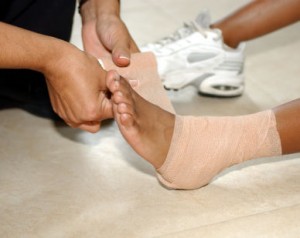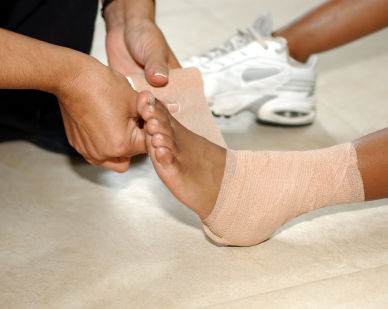Lymphedema is the swelling that happens in the arms or legs, but sometimes both the arms and legs tend to swell. Lymphedema is caused by the removal of or damage to the lymph nodes during the treatment of cancer and resulting in the blockage of the lymphatic system which is a part of the immune system. The blockage stops the lymph fluids from draining well and the build-up of fluids will cause swelling.
Symptoms of lymphedema
- There is a feeling of heaviness or tightness
- Swelling in some parts of the arms or legs and also the fingers and toes.
- Range of motion of the individual is limited
- There is aching or discomfort and recurring infections
- Experiencing hardening and thickening of the skin which is also known as fibrosis

Causes of lymphedema
Causes of lymphedema can be primary and secondary. When it comes to primary lymphedema, it happens on its own while secondary lymphedema is caused by another disease or condition.
Causes of secondary lymphedema
- Radiation treatment for cancer can lead to scar formation as well as the inflammation of the lymph nodes.
- The removal of an injured lymph node can result in lymphedema such as in cases where a lymph node has to be removed to check for breast cancer. A lymph node can be injured and also some blood vessels found in the limbs.
- A cancer cell can cause blockage of the lymphatic vessels and cause lymphedema such as a tumor that grows near a lymph node or lymph vessels and becomes large, thus causes the blockage of the flow of the lymph fluid.
- Some infections or parasites of the lymph nodes can prevent the flow of lymph fluid.
Causes of primary lymphedema
- Meige’s disease also known as lymphedema praecox which is a disorder that causes lymphedema during puberty or pregnancy but it can also happen later until the age 35.
- Milroy’s disease also known as congenital lymphedema which is a disorder that starts in infancy and will cause the abnormal formation of the lymph nodes.
- Late-onset lymphedema or lymphedema tarda which rarely happens and begins after the age 35.
Treatment and home remedies
- Engage in light exercises in order to move the affected limb and boost drainage of the lymph fluid. Seek the help of a doctor regarding exercises that can help with the affected areas.
- Apply bandage to the entire limb to boost lymph fluid to flow back toward the trunk of the body. The bandage should be tight around the fingers and toes and loosen it when wrapping up the arms or leg. If you want to learn more about this measure, click here.
- A massage technique that is known as the manual lymph drainage can also help in the promotion of the flow of lymph fluid away from the arm or leg.
- Avoid massage if there is a skin infection, cancer, blood clots or congestive heart failure.

